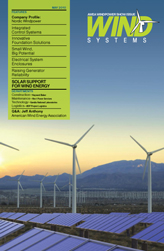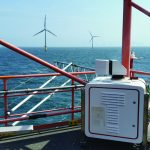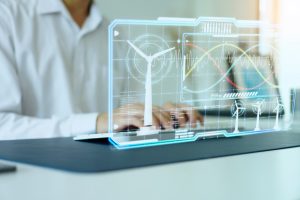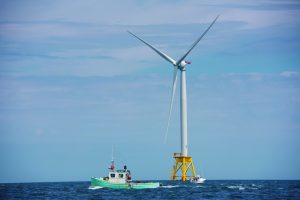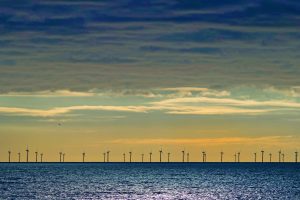As the U.S. wind industry begins a trend of increased post-warranty operations, owners are taking aim at turbine reliability as a critical aspect in the success of a wind project. Inarguably, poor reliability results in increased O&M costs, accompanied by a reduction in availability and increased downtime. Modern turbines unfortunately have a relatively short operating record, and since most are still under warranty reliability data for this short time period is often difficult to acquire from the manufacturer. Some projects do indeed boast high reliability and availability in the first years of operation, mostly due to a combination of several factors including manufacturer’s design, quality of manufacture and construction, servicing quality, operating environment, and wind regime.
How does an owner mitigate poor reliability, and what areas are within their control? They first rely on turbine “type certifications” to ensure the manufacturer has designed and constructed the turbine in compliance with International Electrotechnical Commission (IEC) rules. To be certified manufacturers must design a wind turbine that will reliably produce energy for 20 years while withstanding extreme conditions. To maintain valid certification, the turbine supplier must build their units according to the specification and can’t vary the components once certified. With short innovation cycles it’s important to check that the turbines delivered are consistent with the certificate and with the specification.
Other factors that cause the most downtime can be addressed through a quality assurance (QA) plan that encompasses both the construction and operational phases of a project’s lifecycle. Construction QA is paramount to limiting decreased reliability by ensuring the erection contractor has assembled the turbines according to the manufacturer’s specifications. Common to all turbines are bolted joints; a frequent QA issue during construction. Tower bolts are a vital component of the turbine, and it’s important that these bolts are installed and torqued properly. It would be reasonable to expect that tower bolts are always handled with care, and that manufacturer storage instructions are followed to the letter. However, in a hurried effort to save work-hours in transporting parts to a turbine location, it is often found that tower bolting is delivered directly to the pad location, thus leaving them open to the elements and susceptible to corrosion. Just as over-lubrication reduces the torque value and can result in over-tightening, dirt and corrosion will affect it in the opposite way, leaving a tower bolt vulnerable to loosening and later failure.
Another important construction quality focus is on tower wiring. Repeated vibration during operation will cause cables and wires to rub against their surroundings. If not secured away from sharp edges, failure is guaranteed. While the approved construction drawing might not always represent the true field installation, good construction QA should always enforce proper industry practices.
Parts replacements make up a significant portion of the overall O&M cost of a wind project—nearly 30 percent in the first five years. Regardless of the manufacturer, this cost will increase over time. Not only are parts replacements affecting the project’s cost of energy, but reliability and availability take a hit while parts are sourced and replaced. In Pareto studies published at recent forums, submissions were made that electronics failures are the most prevalent of parts issues, followed by a variety of component failures. Many parts generally weaken over time regardless of use and will be replaced under a scheduled program. Other components such as brake pads wear based on use and will have a replacement plan based on operating hours. Early unintended failure of these components can be expected to contribute to poor reliability of the project.
It is the project owner who must understand the influences that drive reliability, making allowance for uncontrollable circumstances such as manufacturer defects or operational errors, etc. Turbine manufacturing oversight, management of construction quality, a strong supply chain, and experienced operators that employ root cause analysis are a good formula to maintain high reliability of a wind project.
















